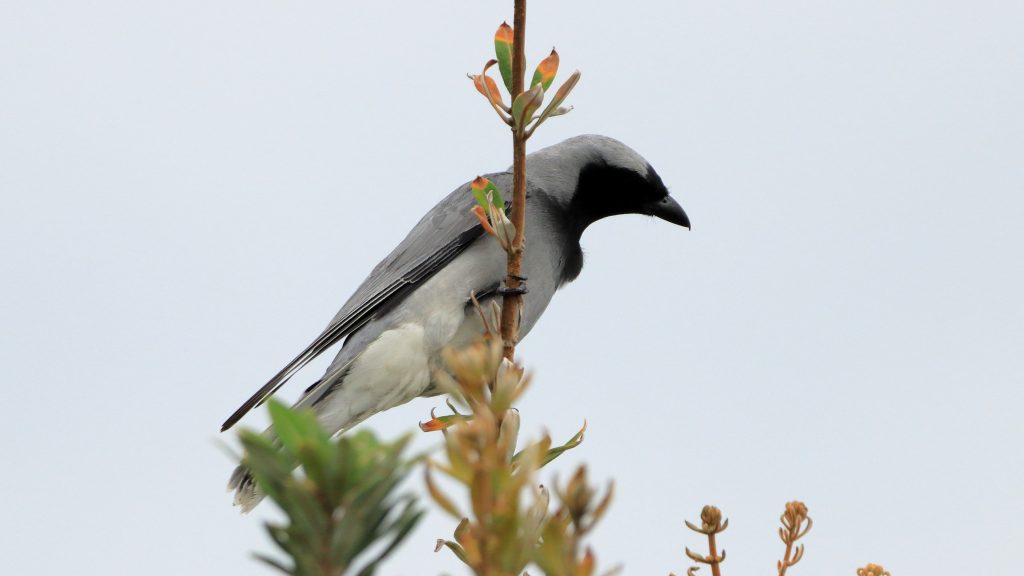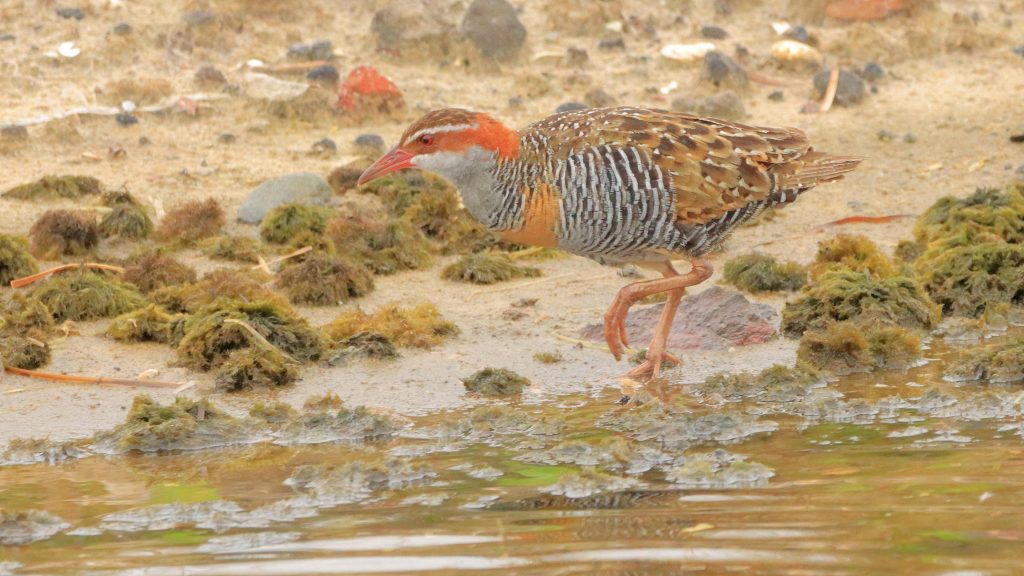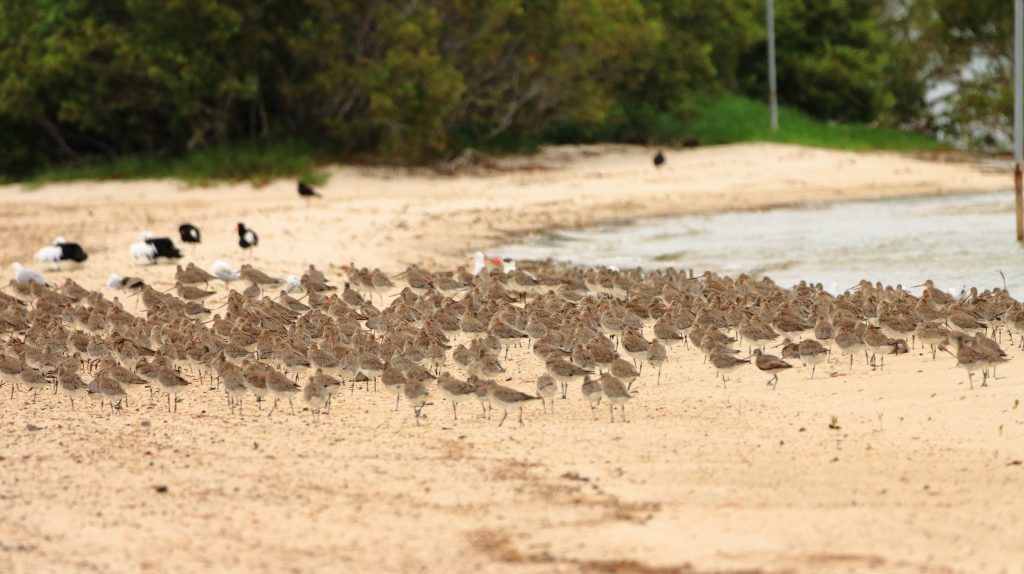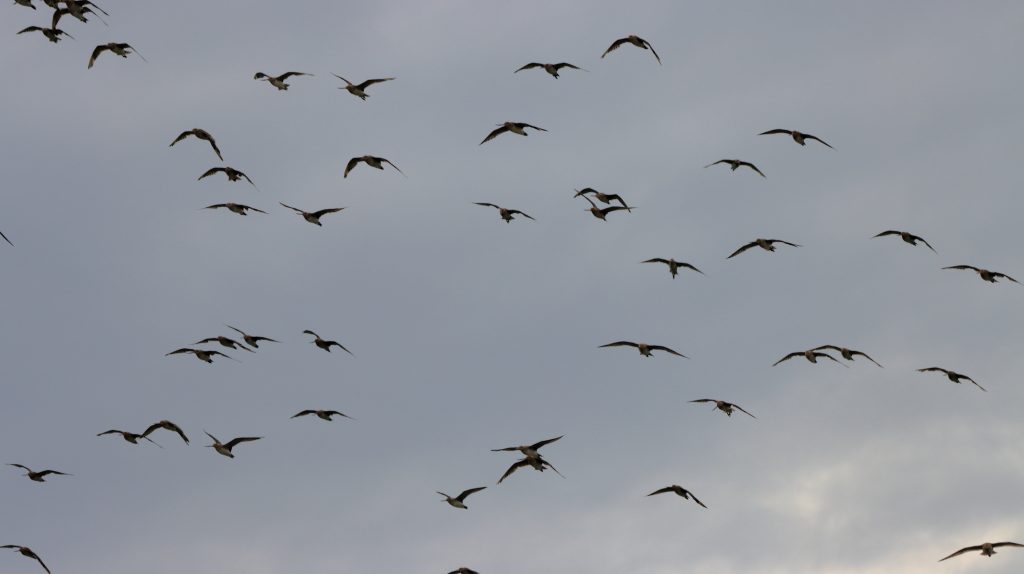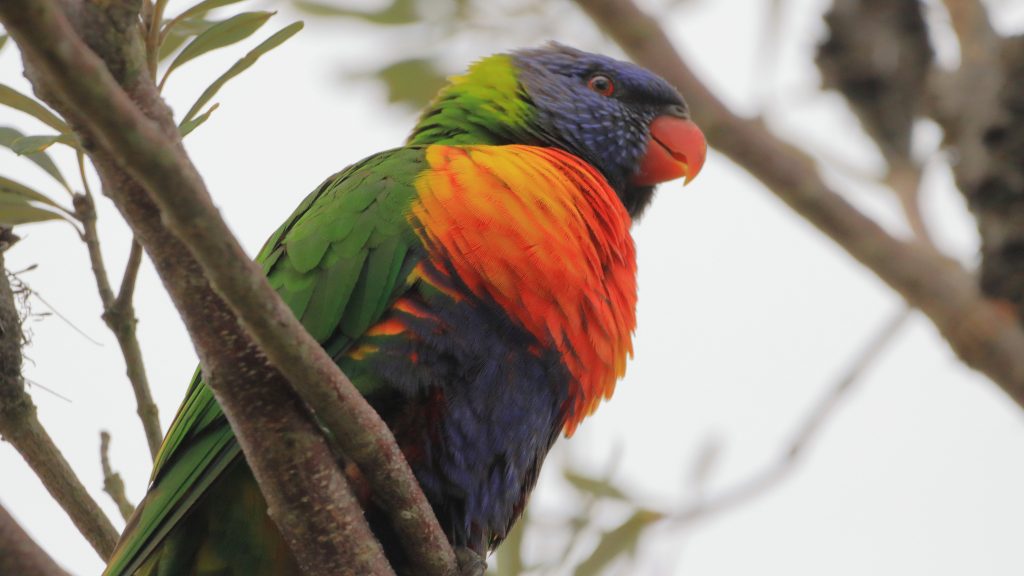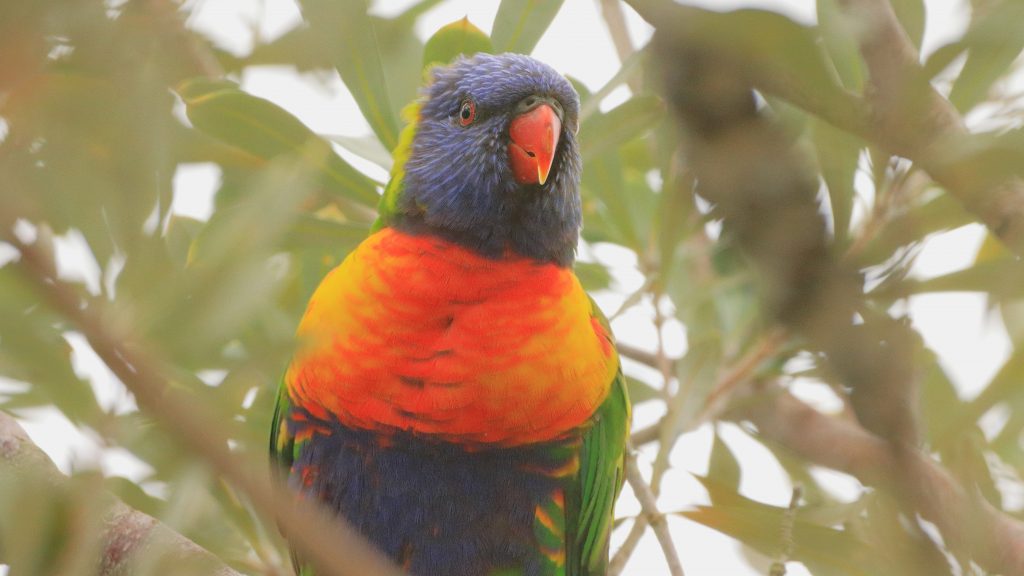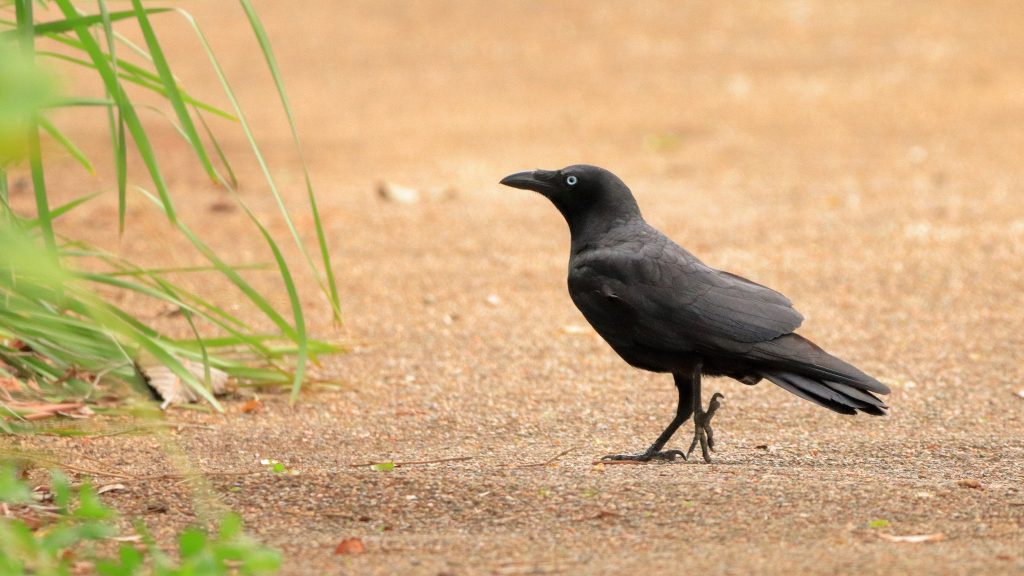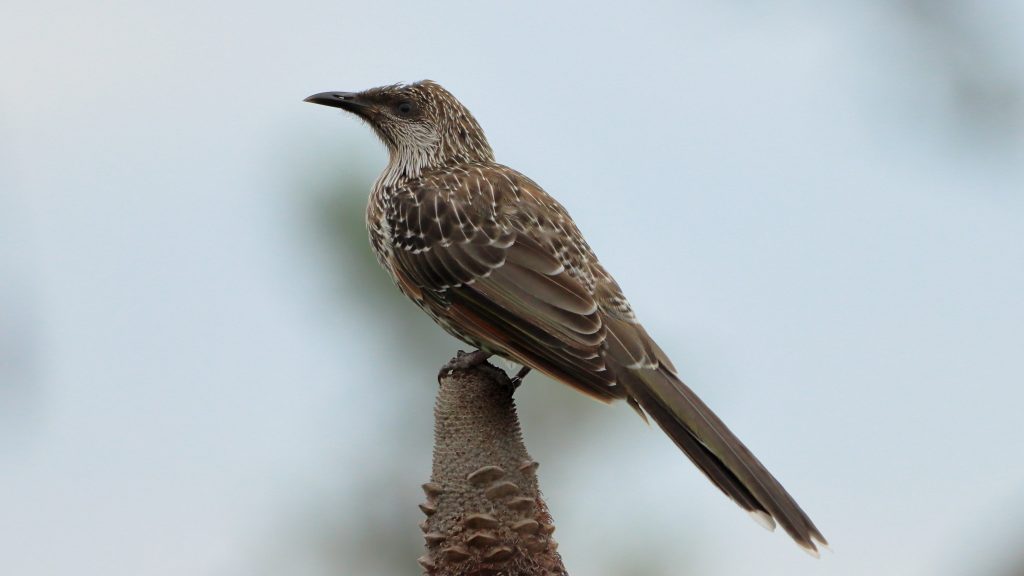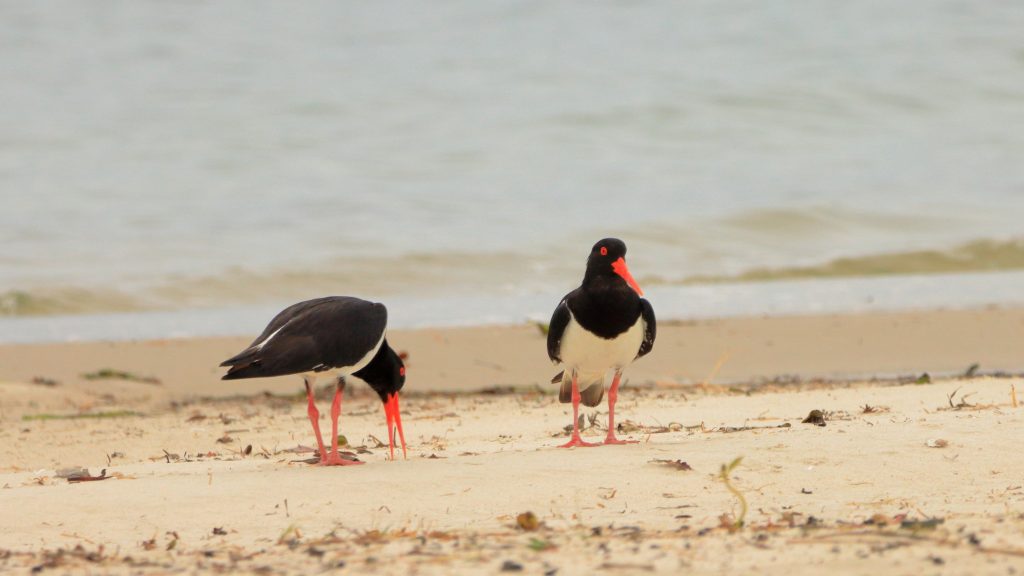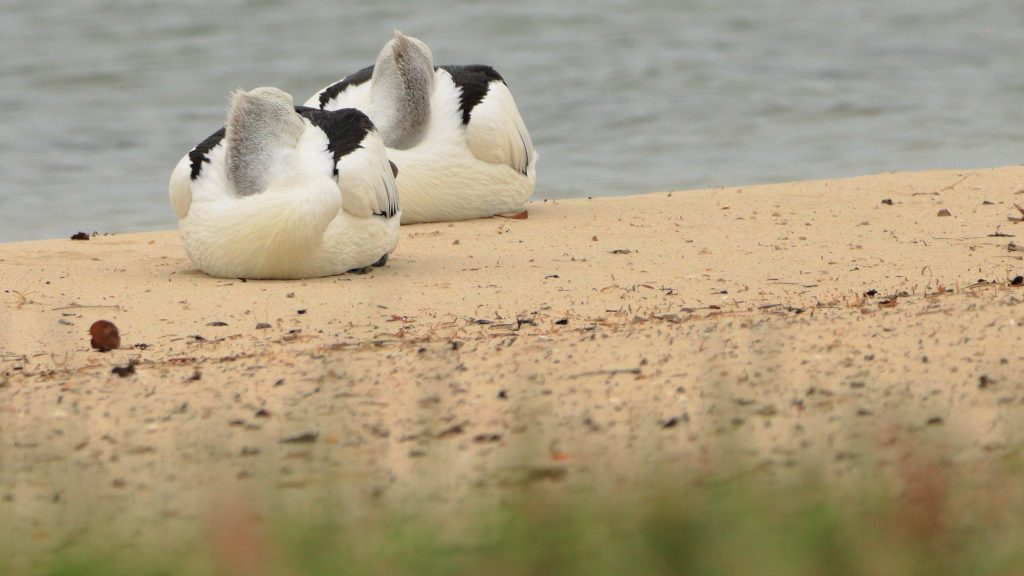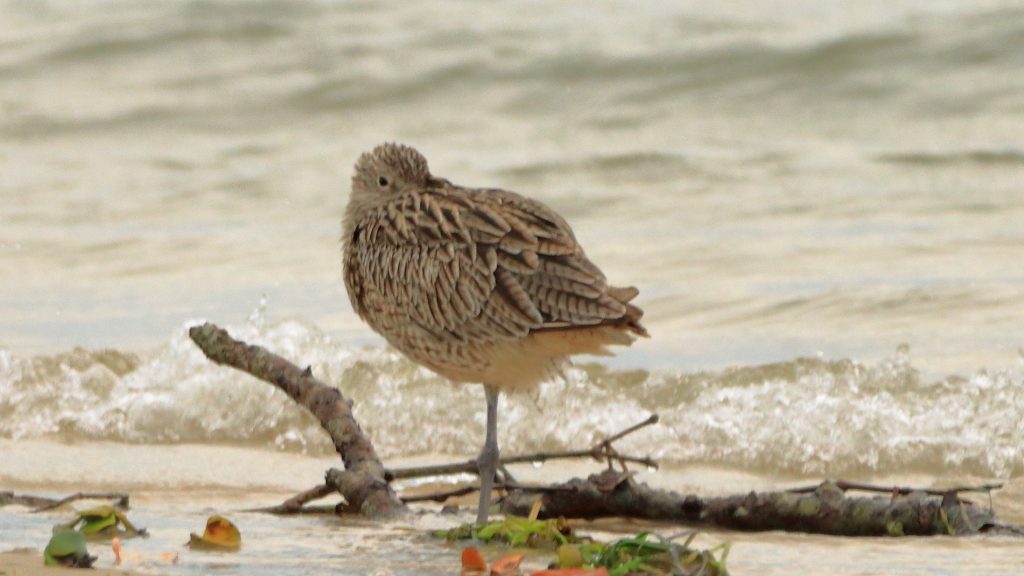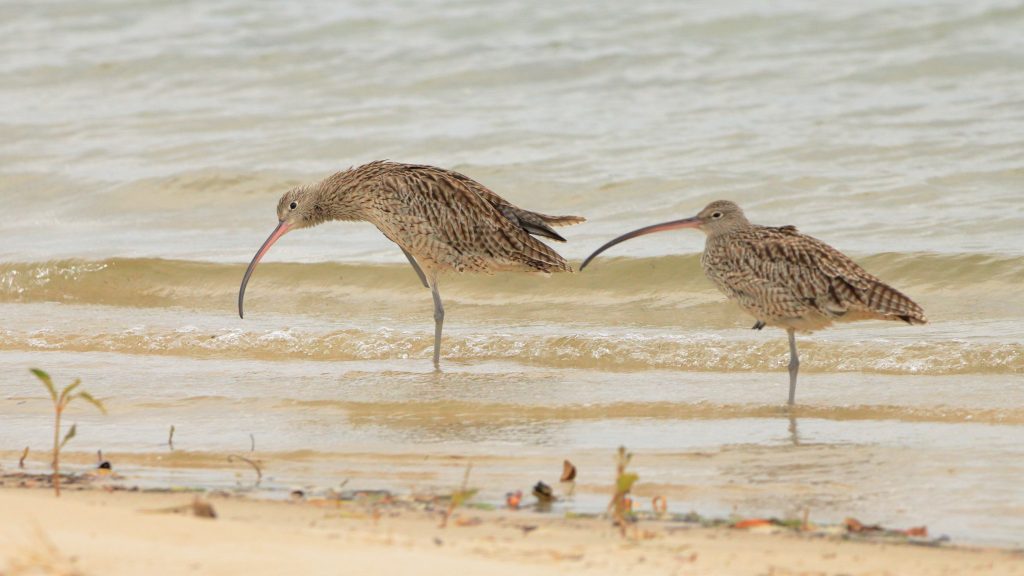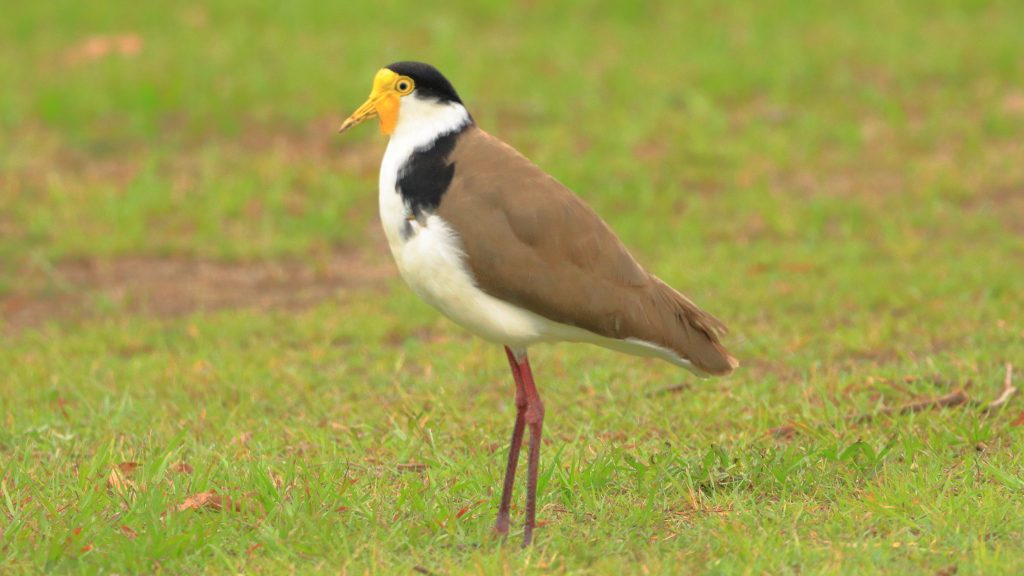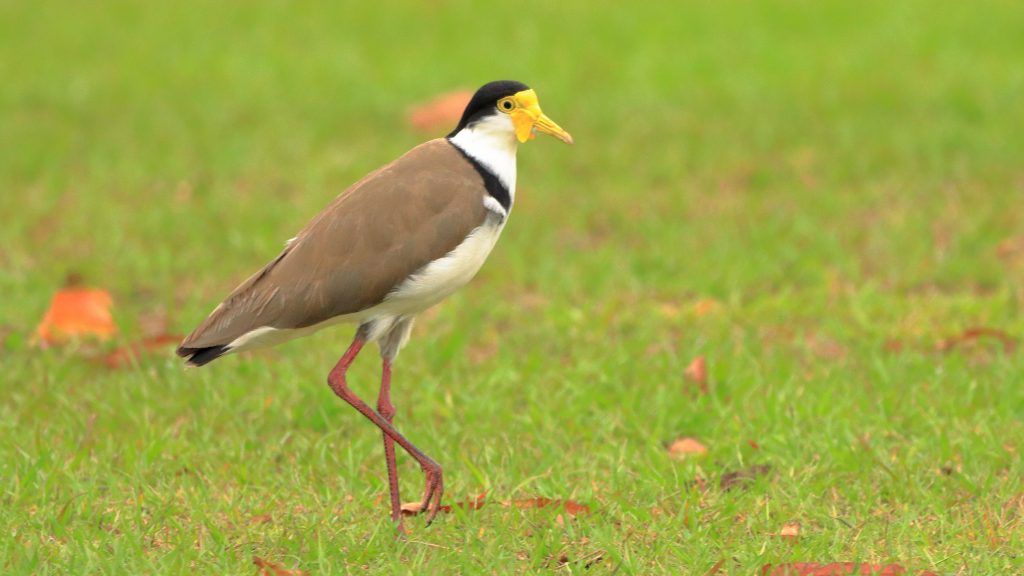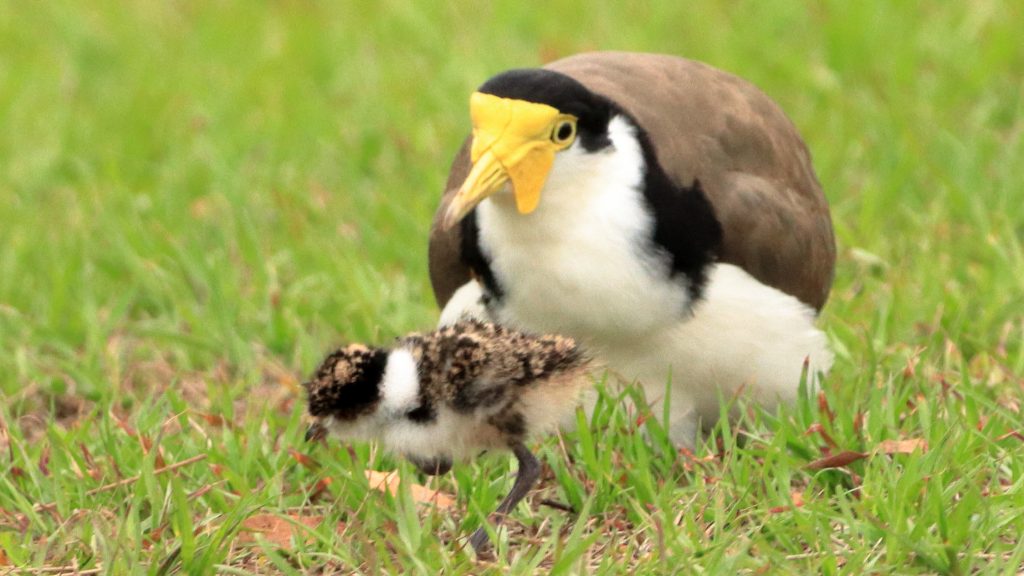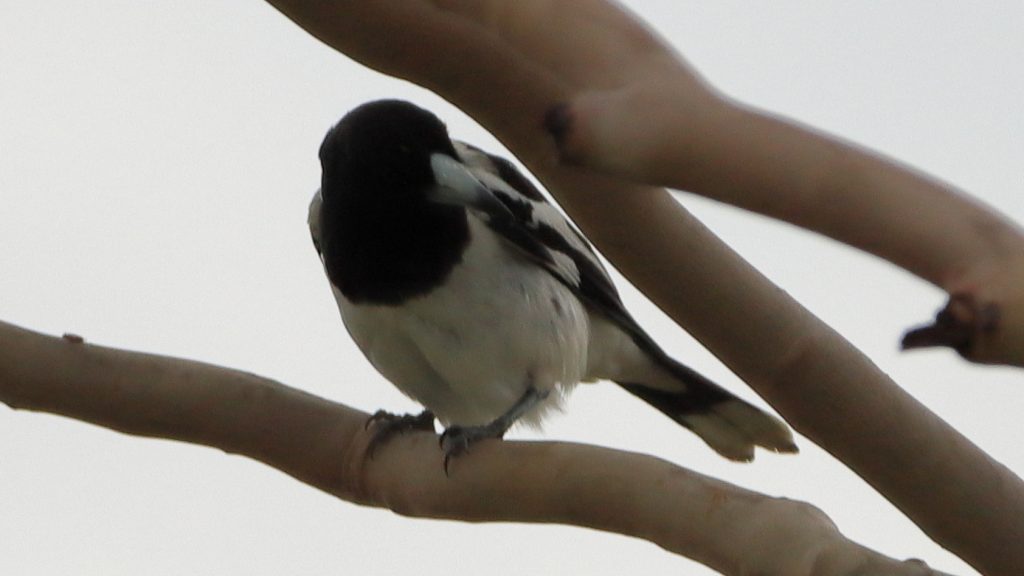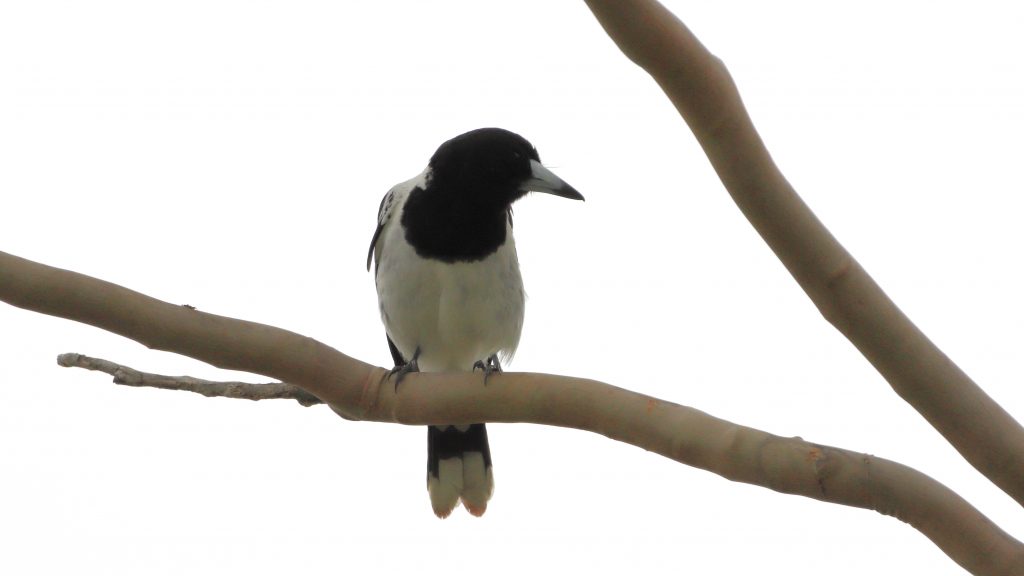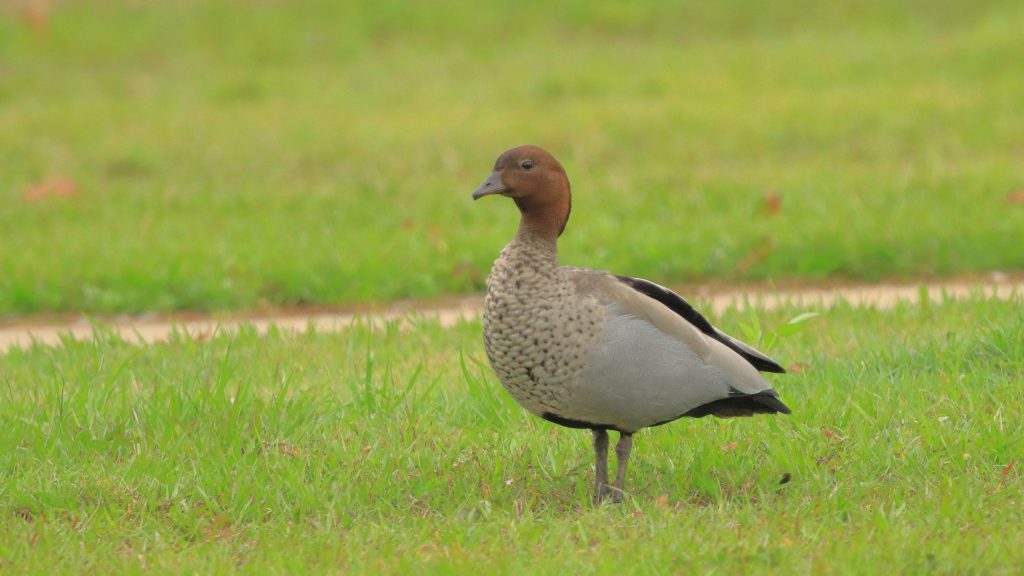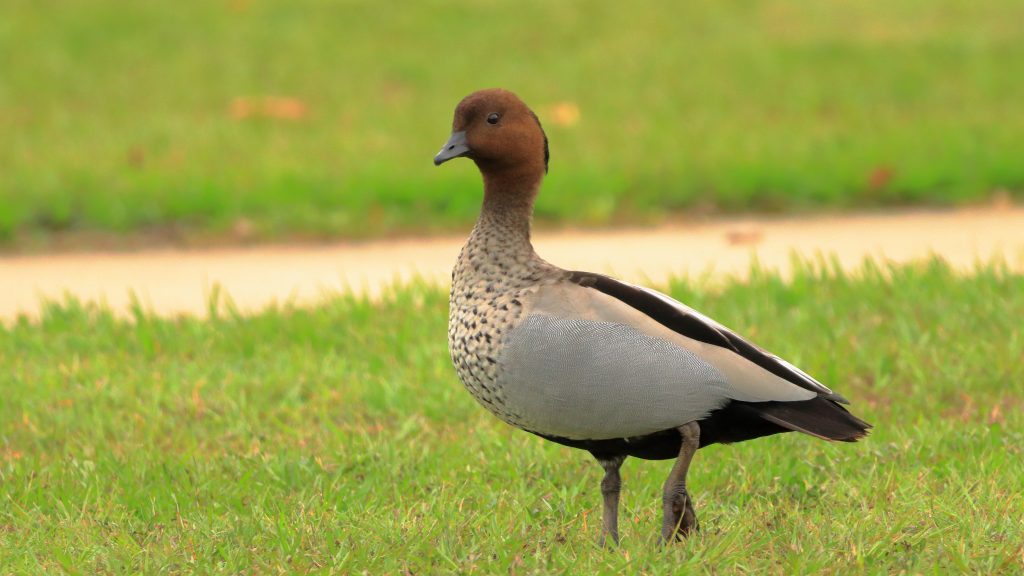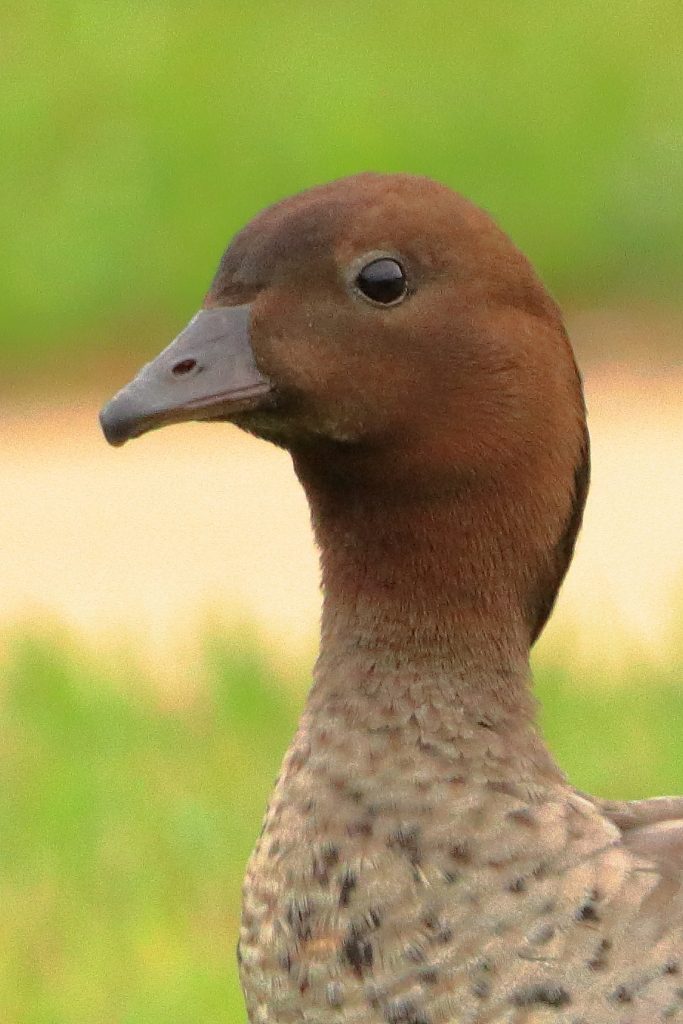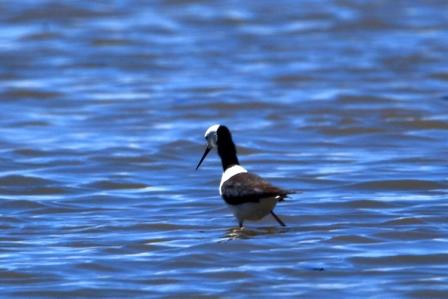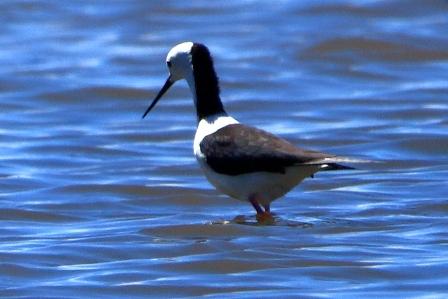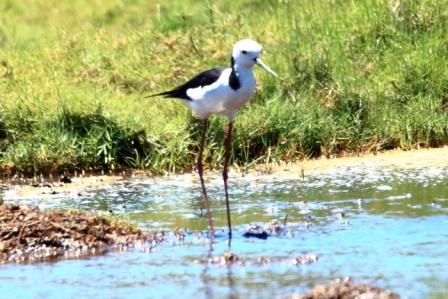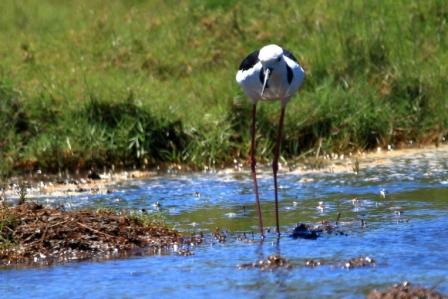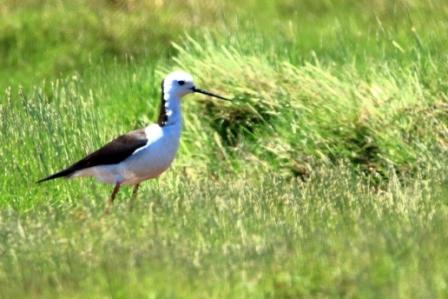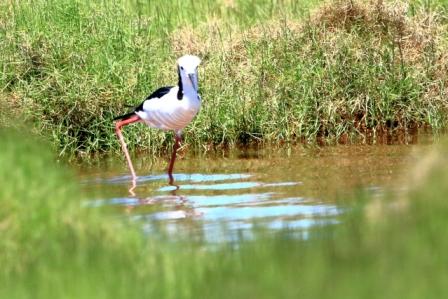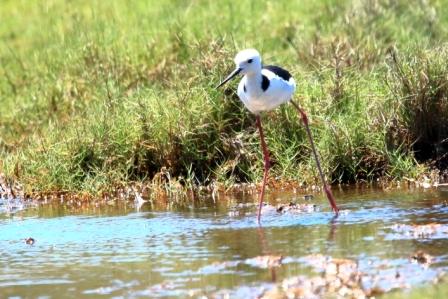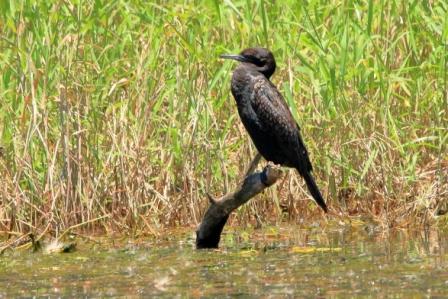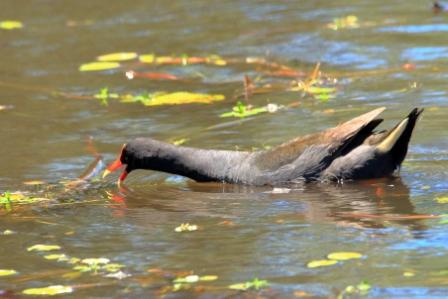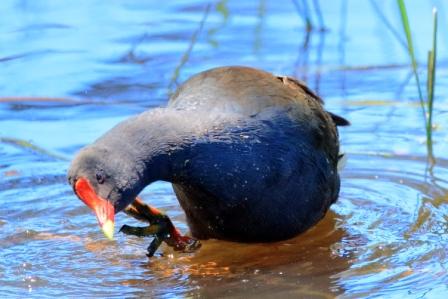I have upgraded my camera from a Canon 700D to a Canon 90D. The 700D is about six years old and has been well and truly been bypassed by technology. The Canon 90D was released in 2019 and is one of the most modern EOS DSLR cameras in Canon’s range, but by no means the most expensive or sophisticated.
Last Saturday, 27th November, provided a dry day in a run of wet days, so I took the opportunity to give the new camera a try out. We drove to Bribie Island and went to the shore bird refuge at Kakadu Beach. Our arrival coincided with the landing of a large group of Godwits on the protected beach, with other flocks flying above. Quite a sight!
I saw three birds for the first time. “Lifers” bird fanciers call them. Here they are:
It is always a thrill to see a breed or variety for the first time.
The Eastern Curlews provided good photo opportunities. The Godwits were too far away for good photos. And meny of them appeared to be already asleep.
There were also repeat opportunities. There always seems to be a Figbird at Kakadu Beach. On Saturday there was also Rainbow Lorikeets, a Torrestian Crow and Pied Oystercatchers.
And sleeping Pelicans. Some of the Eastern Curlews had also nodded off.
Before we left the area, we drove further north for a kilometre or so and found two Masked Lapwings protecting their solitary chick from marauding birds and humans walking dogs. They gave a fine aerobatic display. Sadly, I didn’t get any photos of them in flight.
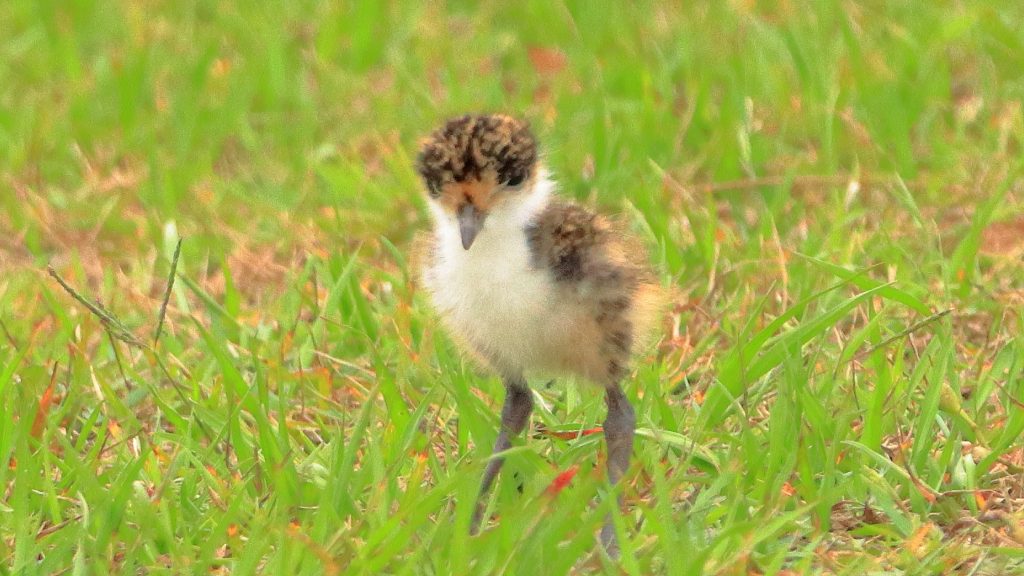
I took no photos of humans with dogs but this pair of Pied Butcherbirds were giving the Lapwings plenty to keep them busy.
These Australian Wood Ducks joined me to watch the air show.
So that ended our day out. I was quite pleased with the result. The Canon 90D is a dream to work with. I am very happy with the purchase.

